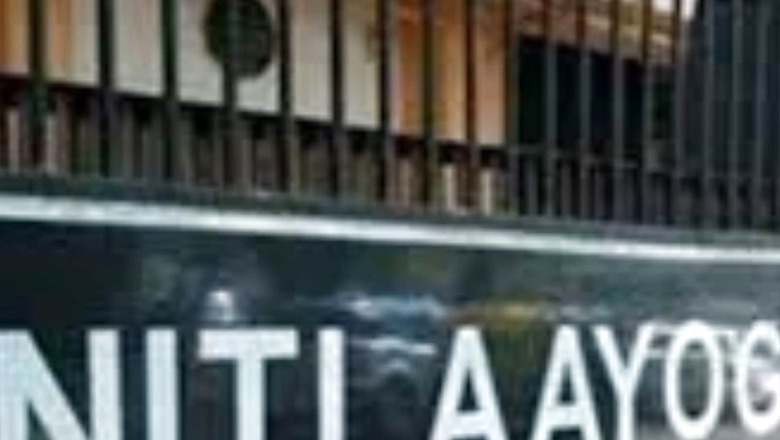
views
In the absence of low-cost health insurance products, at least 30 per cent of India’s population or 40 crore individuals are devoid of any financial protection through insurance, according to a report released by Niti Aayog. The report titled ‘ Health Insurance for India’s Missing Middle’ said that expansion of health insurance coverage is a necessary step and a pathway in India’s effort to achieve universal health coverage (UHC).
“At least 30 per cent of the population, or 40 crore individuals called the missing middle in this report are devoid of any financial protection for health… In the absence of a low-cost health insurance product, the missing middle remains uncovered despite the ability to pay nominal premiums,” it said. According to the report, the ‘missing middle’ is a broad category which lacks health insurance, positioned between the deprived poorer sections, and the relatively well-off organised sector. The report pointed out that Ayushman Bharat Pradhan Mantri Jan Arogya Yojana (AB-PMJAY) launched in September 2018, and state government extension schemes, provide comprehensive hospitalisation cover to the bottom 50 per cent of the population around 70 crore individuals. Around 20 per cent of the population 25 crore individuals are covered through social health insurance, and private voluntary health insurance. “The remaining 30 per cent of the population is devoid of health insurance; the actual uncovered population is higher due to existing coverage gaps in PMJAY and overlap between schemes.
“This uncovered population is termed as the missing middle,” the report said. The report noted that missing middle is not a monolith it contains multiple groups across all expenditure quintiles. “The missing middle is spread across all expenditure quintiles, in both urban and rural areas, though they are concentrated in the top two quintiles of rural areas, and top three quintiles of urban areas,” it said.
According to the report, the missing middle predominantly constitutes the self-employed (agriculture and non-agriculture) informal sector in rural areas, and a broad array of occupations informal, semi-formal, and formal in urban areas. Noting that the most health insurance schemes and products in the Indian market are not designed for the missing middle, the report said private voluntary health insurance is designed for high-income groups it costs at least two to three times the affordable level for the missing middle. Affordable contributory products such as ESIC, and government subsidised insurance including PMJAY are closed products, the report said, adding, “They are not available to the general population due to the risk of adverse selection.” Niti Aayog member (Health) V K Paul, in the foreword of the report, highlighted the need for health insurance coverage for all and said, “Significant challenges will need to be overcome to increase the penetration of health insurance.” He further said the government and the private sector will need to come together in this endeavour. “Private sector ingenuity and efficiency is required to reach the missing middle and offer compelling products,” Paul said.
The report said that low government expenditure on health has constrained the capacity and quality of healthcare services in the public sector. “It diverts majority of individuals about two-thirds to seek treatment in the costlier private sector,” the report said, adding that low financial protection leads to high out-of-pocket expenditure (OOPE). It noted that India’s population is vulnerable to catastrophic spending, and impoverishment from expensive trips to hospitals and other health facilities.
.
Read all the Latest News , Breaking News and IPL 2022 Live Updates here.




















Comments
0 comment